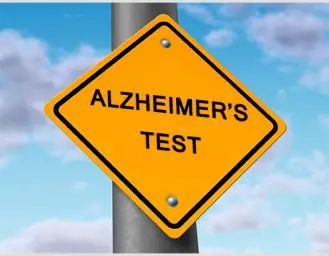
Can ultrasound technology restore memory function in Alzheimer’s patients? Researchers from Australia’s University of Queensland are looking to do just that.
The treatment targets neurotoxic amyloid plaques in the brain. Alzheimer’s disease is caused by two kinds of brain lesions – amyloid plaques and neurofibrillary tangles. Both lesions attack the neurons in the brain.
The research team, from the Queensland Brain Institute, uses a focused therapeutic ultrasound to beam sound waves into the brain tissue. The waves open up the blood-brain barrier. Once the barrier is open, the waves stimulate microglial cells – waste-removal cells – to act. The microglial cells then digest the amyloid plaques and protein clumps that cause Alzheimer’s.
“This method uses relatively inexpensive ultrasound and microbubble technology which is non-invasive and appears highly effective,” says Professor Jürgen Götz, director of the Clem Jones Centre for Ageing Dementia Research. Götz believes the new method, completed without using drugs, could revolutionize the way we treat Alzheimer’s disease.
Researchers tested the ultrasound technology on mice and found that seventy-five percent of the mice had completely restored memory. The next step is to test sheep and higher animal models. By 2017, the team hopes to begin trials on humans.
